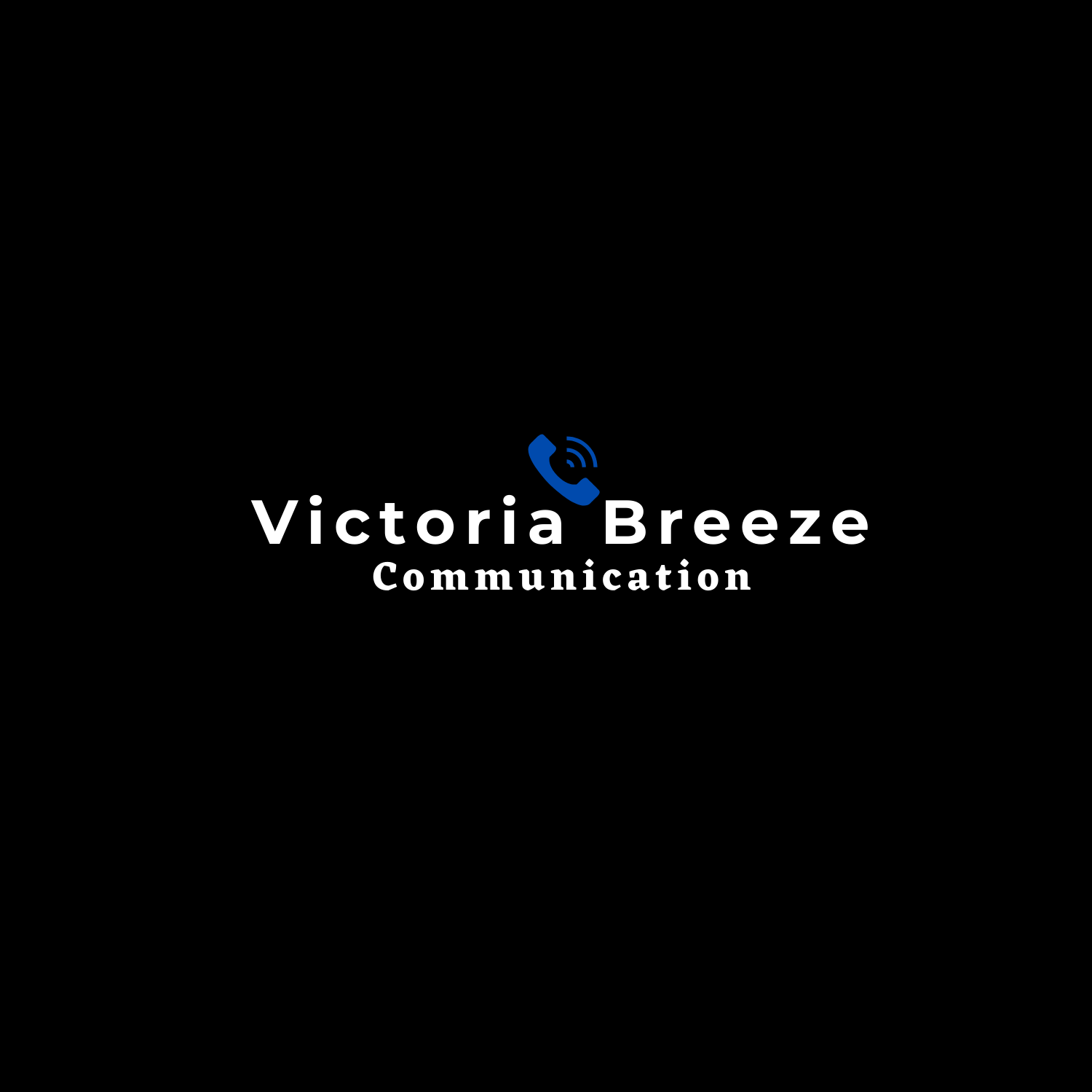Journalists’ attention can be achieved by writing unique, helpful, interesting content that appeals to a wide audience and highly shareable.
From feature stories to quick mentions in relevant articles, getting your online content covered by a popular newspaper, magazine or blog is a great way to strengthen your brand and reach a huge online audience.
The only problem is that it’s hard for most startups, entrepreneurs and marketers to attract journalists’ attention Until recently, attracting media coverage required one of two things: a press release, or a press conference.
Ranking on the web helps grow awareness and attracts eventual sales. Great services and products supply solutions for consumers, but getting free journalists’ attention in a national newspaper, a magazine and mass media can be a very effective marketing tactic. Press outreach and mass media attention is often a problem for many businesses.
Whether you’re an entrepreneur, investor, or PR person, I’m certain that all of you have needed to deal with the media at one point or another, and have asked yourself questions such as: How do I tell my story? Who do I share my story with? What’s the best method to share, and what’s the most intriguing angle I can use?
How to get journalists’ attention: by Atwine Jasmine
1. Create content they want to write about.
Journalists attention can be achieved if you provide them with several types of content. Content that’s unique, different and interesting, Content that’s extremely helpful and/or insightful, Content that appeals to a wide audience and is highly shareable, Content that supports a certain belief or theory (this is more common with political or opinion journalists) In order to attract mass attention, your content should fit into at least one of the categories listed above.
2. Be different.
Maintain an excel sheet of sites pitched and reporter contact information. Keep notes and dates (so you don’t re-pitch) Find reporters on social media and identify topics they like, dislike.
3. Research prior works of individual journalists, not just topics reported.
Read journalists’ articles, blogs, and tweets. Mention their work and create a greater sense of context and logic regarding the reason for initial contact. Make them feel like you chose them, and only them, for your story.
4. Comment on journalists’ posts on social media and personal blogs.
They might just remember you when they see your pitch. Hire a content writer or PR person to write your outreach emails. As with, writing great post titles, spend time on the subject line of the email. You want them to be excited to open it; If you sell a good title, then the rest is easy.
5. Be ready for phone contact.
Some journalists rather ask directly than email back and forth. As you conclude your email, Indicate you are available for phone contact. Be humble and genuine; admit what you don’t know rather than fake it. Journalists keep ongoing contact lists, but if you waste their time, you’ll never get a chance with them (or their outlet) again. You’re supplying information but editors are well aware of the benefit of news coverage. Thank them for their time and for considering your input.
Coverage in the mainstream media, or even in niche publications, is extremely valuable. A great story can result in your business receiving a surge of inbound traffic, backlinks from authoritative websites and a stronger brand as a result of the exposure.
Media coverage can often seem like something that’s only accessible to unique brands or large businesses with lots of money to spend on traditional PR. However, using the strategy above, it can be something your business earns for very little money or nothing at all. With the right blend of unique, shareable content, effective outreach and an understanding of how the media finds its stories, you can use the traditional PR process and earn valuable press coverage.

